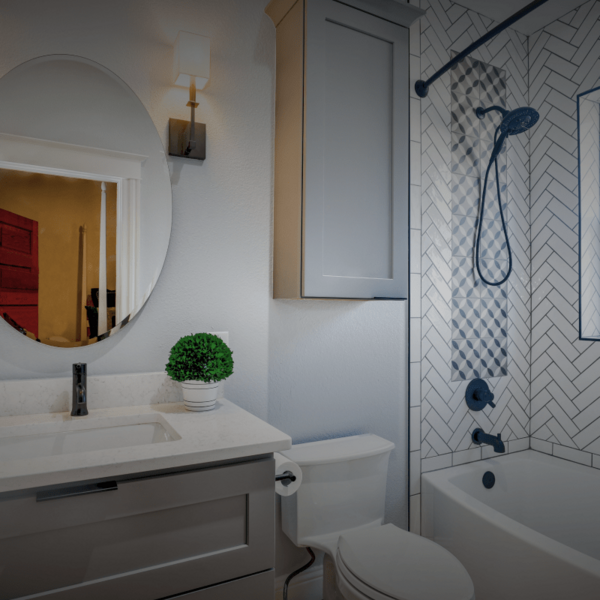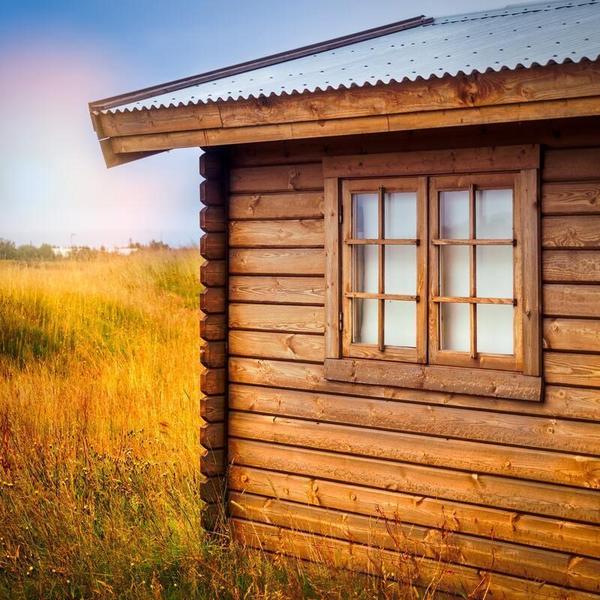Each year, the ranks of people drawn to living in a tiny house—a structure no bigger than 400 square feet—continue to grow and the tiny house movement shows no signs of slowing down. Picking the size, layout, and style of your tiny home can be hectic but very exciting.
When the most appealing option is a permanent location, buying a perfect plot of land is a challenge you can overcome when armed with the right information and some creative negotiation.
Before we go any further, there is one thing tiny house owners need to know. There are three choices that you can make before you start looking for land for sale.
Buy, Lease, or Be a Guest
The choice of buying or leasing land sometimes depends on what’s available and on local building code and zoning laws.
Many owners in the tiny house community want to purchase a piece of land for their tiny homes. Others foresee an eventual move and opt to lease a parcel. Maybe the plan is to stay in the tiny house while traveling. Sometimes a tiny home owner is a guest on the property of a family member or a friend.
Depending on the owner’s situation, the home will be one of three types. It might be a house on purchased land. If it’s a house on wheels, it might be considered an RV requiring a place on which to park it, such as a trailer park or an RV park.
Some communities consider a tiny house that’s the second structure on a residential lot an alternative dwelling unit, or ADU. Specific rules for placement determined by each community apply to each type. Building laws and development codes differ greatly by state, so do your research before dedicating yourself to this minimalist lifestyle.
Finding Land to Buy
Why is finding land to purchase a challenge? Oftentimes, lots for sale are much bigger than what the owner of a tiny home needs or wants. Small lots are sometimes in short supply because most plots are made with traditional homes and land use regulations in mind.
The land search process includes finding a lot that’s in the right location, is the right size, and fits within the budget.
Many tiny house experts stress the value of using a network made up of other owners of tiny homes to get leads. Using social media or builder referrals can also help.
It’s hard to overestimate the power of the Internet when searching for residential land or joining a network. Going online is helpful both for finding other “tiny” owners and for locating residential parcels. Real estate app development can also streamline this process by providing tools that aggregate listings and connect buyers with sellers more efficiently.
Many social media users merely perform searches only for people’s names because they don’t realize it’s possible to enter criteria such as “land for a tiny home in Oregon” or “tiny home owners in Columbus” in the search box. Check out these sites for leads on vacant land for your next tiny house land search:
- Craigslist
- Meetups.com
- Nextdoor.com
- Other Social Media websites
Experts also suggest posting a “land wanted” flyer in spots like supermarkets or the local library. A professionally edited photo of the tiny house project will attract the attention of property owners (for example, remove background objects that are unsightly). The flyer should contain specifics such as the size of the house, the lot size sought, required utilities such as city water and power, and the date needed. To create visually appealing and informative flyers like these, consider using the AI flyer generator. With customizable templates and editing tools, you can design professional flyers that effectively communicate your message and attract potential property owners.
Special Considerations
Prospective land buyers need to consider three special things: building codes, zoning regulations, and seller perspective.
Both building codes and zoning laws limit tiny house construction. Local building codes specify how to build the dwelling. Zoning regulations govern where the owner can place the home.
Before searching for land, place a call to the local zoning office or the municipal planning department and inquire about the zoning ordinances. The staff should indicate whether there is a minimum square footage requirement—sometimes 1,000 square feet—for new homes situated on their own land. Bear in mind that it’s usually possible to apply for a variance. Also note that different states, city governments, or counties may have different building codes or zoning regulations.
Finally, when making contact about rural land potentially for sale, the owner of a tiny home should always keep in mind the seller’s perspective. Sellers focus on their own concerns: sales price, timeframe for selling, and other favorable terms.
When negotiating, it’s up to the owner of the tiny home to point out all the potential benefits of a proposal to the seller rather than the virtues of the tiny house itself. The same applies when talking to a real estate agent, whether you’re talking about city or rural properties.
Knowledge of local laws and creative negotiating will go a long way in helping you buy the raw land for your tiny house all the while respecting the safety standards for tiny house living. Some of the biggest costs will be on preparing the land for the building. Once the upfront costs are done, it’s smooth sailing.
Perplexed by red tape when it comes to local building standards and zoning regulations? Ask for assistance from a local real estate professional who can help you find affordable land for your tiny house and save hundreds of hours on search.
Written by: Anthony Gilbert
From: RealFX group




